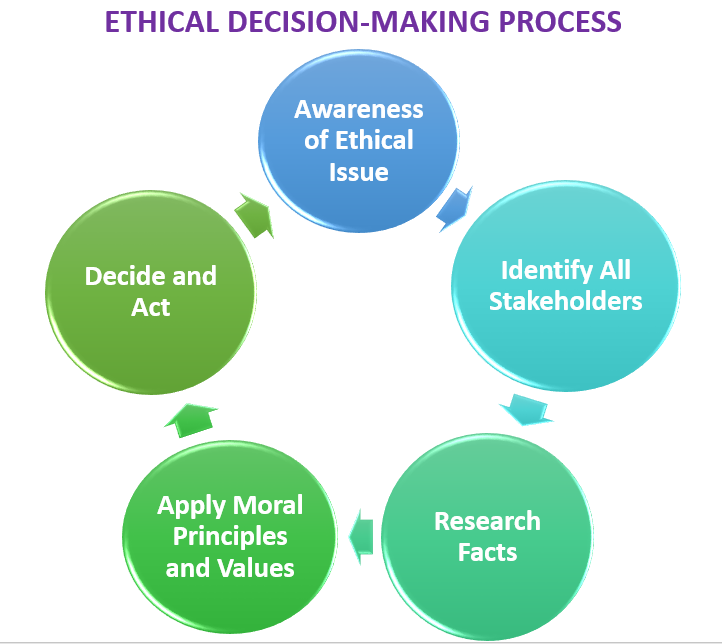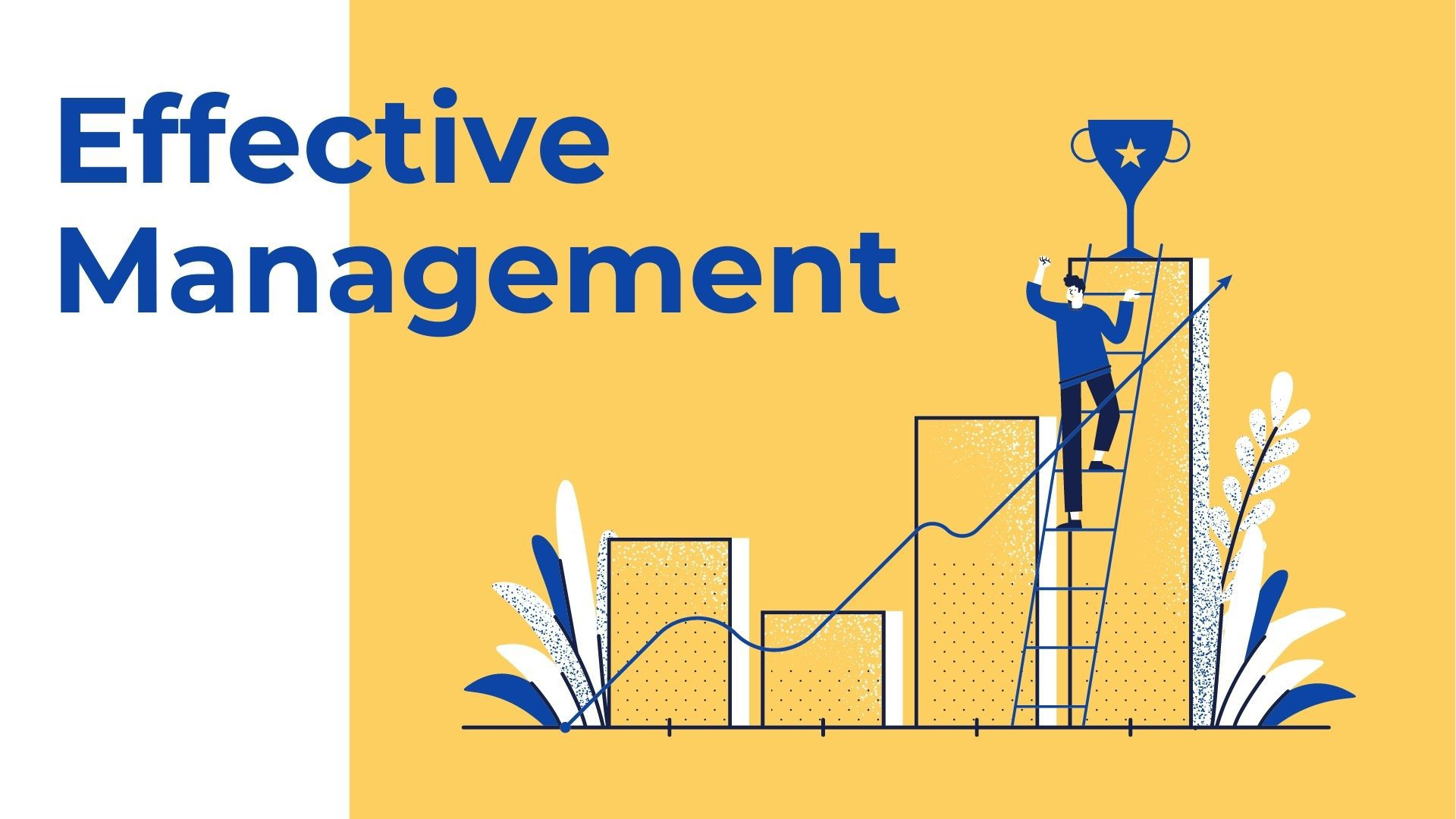Business ethics decision-making is a vital aspect of modern corporate governance that significantly influences organizational culture and outcomes. In today’s complex business environment, leaders are increasingly challenged to navigate ethical dilemmas, balancing profitability with integrity. Ethical decision-making not only safeguards a company’s reputation but also fosters trust among stakeholders, leading to sustainable success. Engaging in comprehensive business ethics training equips executives with essential tools and frameworks to make informed choices that reflect ethical leadership. By employing effective decision-making strategies, organizations can learn from business ethics examples, ultimately cultivating a more responsible and ethical workplace.
In the realm of commercial conduct, the process of making ethical choices is essential for sustaining an organization’s integrity and public image. The complexities surrounding moral dilemmas demand that leaders adopt adaptable decision-making approaches that align with ethical standards. With the rise of issues stemming from global influence and technological advancements, cultivating a strong framework for ethical leadership becomes indispensable. Organizations can benefit from comprehensive training that emphasizes the importance of moral reasoning and provides real-world scenarios as references. This holistic understanding enables professionals to navigate the intricate maze of ethical responsibilities while fostering an inclusive and principled workplace culture.
Understanding Business Ethics Defined
Business ethics have evolved considerably over the last few decades, reflecting the complexities of modern commerce. Initially rooted in moral philosophy, ethics education was primarily focused on teaching abstract theories, such as utilitarianism and deontology. Today, however, real-world application is paramount. Business ethics now encourage leaders to examine ethical dilemmas from a situational perspective — assessing the unique circumstances, stakeholders involved, and the broader societal context. This shift acknowledges that ethical decision-making isn’t just about adhering to set rules but involves discerning the best action amidst nuanced and often conflicting pressures.
Moreover, modern business ethics training emphasizes the importance of ethical leadership. Leaders are expected to create an environment that promotes sound ethical behaviors and values. This includes being transparent with stakeholders and engaging in open dialogues about ethical practices. As businesses become increasingly interconnected globally, the ethical implications of decisions made in one part of the world can significantly affect stakeholders in another. Thus, education today aims to equip executives with the skills needed to navigate these complexities with integrity.
The Importance of Ethical Decision-Making Strategies
Effective decision-making strategies are crucial for fostering ethical business environments. In navigating complex scenarios, leaders must often rely on a structured approach that weighs potential outcomes against ethical standards. This involves not only identifying the stakeholders affected but also understanding their varying interests and influences. A solid decision-making framework encourages executives to pause and reflect before acting, as immediate reactions can sometimes lead to ethically questionable outcomes. This strategic approach is vital, especially in industries subject to rapid change and uncertainty.
Incorporating decision-making strategies like scenario analysis can be instrumental in ethical decision-making. By considering multiple potential outcomes and their ethical implications, leaders can develop a more rounded understanding of their decisions. Training in these methods can arm managers with the ability to face gray areas in ethics—where right and wrong may not be immediately clear. By fostering a culture of critical thinking and ethical reflection, businesses can mitigate risks and promote responsible behavior within their organizations.
Mitigating Cognitive Bias in Business Ethics
Cognitive biases can significantly impair ethical decision-making, leading individuals to make self-serving choices that conflict with altruistic values. On many occasions, executives may unconsciously allow personal biases to influence their perceptions of ethical dilemmas. For instance, confirmation bias can lead managers to seek out information that supports their existing beliefs while disregarding contradictory evidence. To combat these tendencies, businesses must implement processes that encourage collaboration and diverse perspectives in decision-making, fostering an environment where assumptions are routinely challenged.
Creating multidisciplinary teams can help in identifying these biases and developing ethical decision-making frameworks that are more resistant to individual pitfalls. Ethical leadership plays a pivotal role in this process, as leaders must exemplify the behaviors they wish to see throughout their organizations. By embodying transparency and accountability, leaders can instill a sense of trust and open dialogue, enabling teams to openly discuss ethical challenges and navigate complex decisions without fear of repercussions.
Real-life Business Ethics Examples
Real-world business ethics examples highlight the consequences of poor decision-making and the importance of adhering to ethical principles. Take the case of Theranos and its founder, Elizabeth Holmes. The company, which claimed to revolutionize blood testing, faced severe backlash after it was revealed that its technology was flawed. This ethical failure not only cost investors millions but also had broader implications for public trust in medical technology and its governance. Such examples serve as stark reminders of the repercussions that can arise when ethical standards are compromised.
Conversely, companies like Patagonia demonstrate how ethical considerations can be successfully integrated into business practices. Their commitment to environmental sustainability and corporate social responsibility has positioned them as an industry leader advocating for ethical manufacturing processes. By aligning their business strategies with ethical values, Patagonia has not only gained customer loyalty but has also diversified its brand image, proving that ethics and profitability can coexist and even enhance one another in the business landscape.
Enhancing Ethical Leadership in Organizations
Ethical leadership is critical for fostering a culture that prioritizes integrity and accountability within organizations. Leaders serve as role models for their employees; their actions and decisions can either reinforce or undermine ethical standards. In today’s turbulent business environments, organizations are recognizing that ethical leadership is not just about avoiding misconduct but actively promoting transparency and fairness in all dealings. This has led to an increasing demand for leadership training programs focused on ethics, equipping leaders with the tools to embody ethical practices and inspire their teams.
Furthermore, fostering ethical leaders involves understanding the dynamics of power within organizations. Ethical leaders must be aware of how their positions impact their decision-making capabilities and the perceptions of their employees. By implementing fair policies and encouraging open communication, ethical leaders can create an environment where employees feel empowered to voice concerns and participate in ethical discussions. The importance of ethical leadership cannot be understated; it lays the foundational culture of an organization and directly influences its moral compass and decisions.
Navigating Ethical Gray Areas
In today’s complex business landscape, ethical gray areas pose significant challenges for decision-makers. Executives often find themselves caught in dilemmas where clear-cut answers are elusive. The challenge lies in balancing conflicting obligations, such as stakeholder demands against the company’s financial goals. Dynamic market conditions and varying cultural expectations further complicate these ethical quandaries, necessitating a nuanced understanding of each situation. Leaders must develop acute situational awareness to navigate these gray areas effectively.
Moreover, involving diverse perspectives in discussions around gray areas can lead to more ethically sound outcomes. Creative brainstorming sessions with cross-functional teams can facilitate dialogue about potential impacts, risks, and the ethical dimensions of proposed actions. By pooling knowledge and experiences, decision-makers can uncover insights that promote responsible choices. Ultimately, approaching gray areas with openness and a recognition of their complexities fosters a culture of ethical reasoning, empowering organizations to make choices that reflect their values.
The Role of Reflection in Decision-Making
Reflection is a crucial component of ethical decision-making that often gets overlooked in fast-paced business environments. Many successful leaders attribute their ability to make sound decisions to periods of introspection and contemplation. Reflection allows decision-makers to consider the broader implications of their actions, assess their values, and confront any biases that might influence their judgment. By dedicating time to reflect on past decisions, leaders can gain insights that inform future ethical choices.
Creating structured reflection practices—such as regular check-ins, journaling, or collaborative discussions—can enhance the decision-making process. It encourages individuals and teams to pause, evaluate what truly matters, and align their actions with the organization’s ethical standards. This reflective practice not only improves individual decision-making but also cultivates a culture where ethical considerations are openly discussed and prioritized, leading to improved overall corporate governance and accountability.
Adapting Ethics Education for Future Leaders
As businesses continue to face evolving ethical challenges, it is imperative that ethics education adapts to prepare future leaders effectively. Traditional models focused solely on philosophical theories need to incorporate practical applications that address real-world dilemmas. Ethics training should emphasize the development of critical thinking and decision-making strategies that equip students with the skills to tackle complex scenarios. Case studies from contemporary business situations can illuminate the consequences of ethical lapses, helping students understand the stakes involved.
Moreover, leveraging technology in ethics education can enhance learning experiences. Simulations and role-playing scenarios that mimic actual business challenges allow students to practice ethical decision-making in a controlled environment. This hands-on approach not only reinforces theoretical knowledge but also instills confidence in young leaders to make ethical decisions despite the inevitable pressures they may face in their careers. By fostering a comprehensive approach to ethics education, we can cultivate a new generation of leaders committed to ethical integrity.
Creating an Organizational Culture that Prioritizes Ethics
An organization’s culture plays a significant role in shaping ethical behavior and decision-making. To foster an environment that prioritizes ethics, companies must lead by example, from top leadership down to entry-level employees. Establishing clear ethical guidelines and ensuring they are communicated effectively can help create a shared understanding of the values that inform business practices. Additionally, recognizing and rewarding ethical behavior within the company is essential to reinforce the importance of integrity in daily operations.
Moreover, fostering an open dialogue where employees feel safe to express ethical concerns is crucial in building a trustworthy culture. Implementing channels for reporting unethical behavior without fear of retaliation encourages honesty and accountability. When employees see their leaders take stakeholder concerns seriously, it reinforces their commitment to upholding the organization’s ethical standards. By weaving ethics into the fabric of organizational culture, companies can ensure that ethical decision-making becomes a natural part of their operations.
Frequently Asked Questions
What are the key components of ethical decision making in business ethics?
Ethical decision making in business ethics involves recognizing ethical issues, evaluating alternatives, considering stakeholders’ impacts, and making informed choices. Key components include understanding legal responsibilities, engaging in ethical leadership, and applying specific decision-making strategies to navigate complex situations.
How can business ethics training enhance ethical decision-making?
Business ethics training enhances ethical decision-making by equipping employees with the tools to recognize ethical dilemmas, understand company values, and apply ethical frameworks. This training fosters an organizational culture of integrity and boosts ethical leadership, ultimately leading to better decision-making outcomes.
What role does ethical leadership play in promoting business ethics decision-making?
Ethical leadership plays a crucial role in promoting business ethics decision-making by modeling ethical behavior, influencing others through actions, and establishing an environment where ethical considerations are prioritized. Ethical leaders guide their teams in making decisions that align with both organizational values and ethical standards.
What are some effective decision-making strategies for resolving ethical dilemmas in business?
Effective decision-making strategies for resolving ethical dilemmas in business include utilitarian analysis, stakeholder analysis, and principled reasoning. These strategies help leaders weigh consequences, assess impacts on stakeholders, and ensure that decisions align with ethical standards and business practices.
Can you provide business ethics examples that illustrate ethical decision-making in action?
Business ethics examples that illustrate ethical decision-making include cases where companies implement transparency in their supply chains, address conflicts of interest, or prioritize corporate social responsibility. These examples showcase how organizations apply ethical principles to foster trust and accountability among stakeholders.
What challenges do executives face in business ethics decision-making today?
Executives today face challenges such as the complexity of stakeholder relationships, evolving regulatory landscapes, and technological advancements that impact ethical considerations. The need to balance profitability with social responsibility further complicates ethical decision-making processes.
How can decision-makers mitigate cognitive biases in ethical decision-making?
Decision-makers can mitigate cognitive biases in ethical decision-making by actively seeking diverse perspectives, engaging in reflective practices, and utilizing structured decision-making frameworks. Collaboration and open dialogue help to challenge personal biases and foster a more balanced approach to ethics.
What is the importance of reflection in business ethics decision-making?
Reflection is vital in business ethics decision-making as it allows leaders to critically evaluate their thoughts, clarify values, and consider the implications of their choices. Engaging in reflective practices helps ensure decisions are aligned with ethical standards and personal integrity.
| Key Points |
|---|
| Business Ethics Evolution: Business ethics shifted from applying moral philosophy to a more problem-based approach that considers context and circumstance. |
| Complex Relationships: Companies now face ethically complex situations due to entangled relationships with various stakeholders, influenced by technology and societal expectations. |
| Spectrum of Judgment: Ethical decisions are often on a gray spectrum rather than clear-cut; personal judgment plays a significant role in decision-making. |
| Mindfulness and Reflection: Effective decision-making involves reflective practices and considerations of personal biases, guiding executives towards responsible choices. |
| Collaboration for Clarity: Engaging with others to challenge one’s biases and focus on responsibility and practicality aids in navigating ethical dilemmas. |
| Preparation and Input: Decisions should be well-informed; the mental preparation process is crucial in determining the outcomes of ethical decisions. |
Summary
Business ethics decision-making has become increasingly complex in today’s interconnected and technologically advanced world. As businesses navigate ethical dilemmas, understanding the evolution of business ethics and incorporating reflective practices can help decision-makers avoid pitfalls. By focusing on context, being mindful of personal biases, and engaging with diverse perspectives, leaders can significantly improve their judgment in intricately layered ethical scenarios. Ultimately, a structured and thoughtful approach to business ethics decision-making is crucial for fostering responsible leadership and sustainable business practices.



